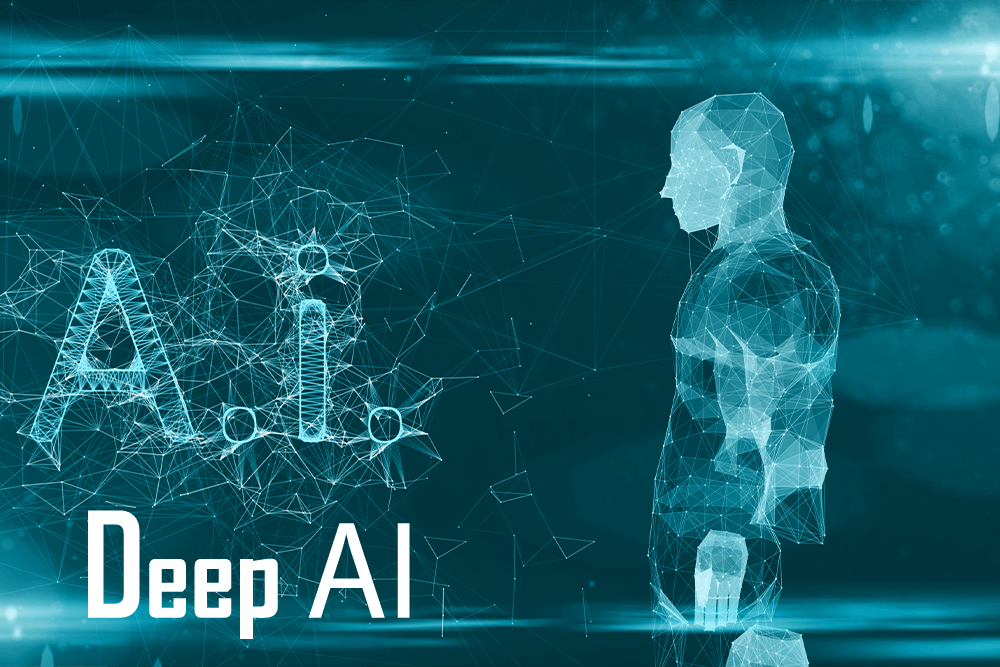Table of Contents
Deep AI and Neural networks, or virtual brains, are used in AI. According to a study, simpler designs that are more like human brains could be preferable for effective learning.Neural networks, or virtual brains, are a major component of artificial intelligence (AI). However, a new study indicates that artificial intelligence may not require extremely complicated computer architectures. Alternatively, more straightforward layouts that resemble the structure of our own brains could be more effective for learning.
Deep Learning
Deep learning is an architecture with numerous layers that excels at complex tasks. However, despite its slower and noisier processes, the human brain’s comparatively shallow design allows it to perform very well at complex categorization tasks.Researchers from Israel’s Bar-Ilan University examined how our brains pick up simpler shapes. In a recent paper published in Physica A, they discussed the possibility that these more basic structures may perform on par with the more intricate ones seen in Deep AI-learning systems.
Deep learning architectures, which are defined by multi-layered Deep AI neural networks, have generally demonstrated exceptional performance in applications including speech recognition, picture recognition, and natural language processing. Their efficacy in collecting intricate patterns and characteristics is attributed to their capacity to automatically learn hierarchical representations from that data
Deep AI Outperform

Bar-Ilan University’s chief research scientist, Professor Ido Kanter, clarified that the brain is not a multistory skyscraper. Human brains, on the other hand, resemble a large structure with a limited number of stories.The study’s principal investigator, Ronit Gross, noted that the brain’s higher and larger structures interact in two distinct ways. The brain’s single-layered organisation system is remarkably effective in organising information. This defies the common belief that things are always better with more layers.
GPU Technology
Nonetheless, there is a technical barrier to widespread shallow architecture use. While deep architecture is greatly accelerated by current powerful GPU technology, large shallow structures that closely resemble the dynamics of the brain are not as well-implemented. The new theory argues that in order to properly comprehend and use the basic learning techniques in artificial intelligence, we may need to modify the way that GPU technology functions.Power efficiency between deep and shallow architectures is difficult to compare since it depends on a number of variables, such as the particular application, job complexity, and hardware implementation.
Deep Neural Networks
Deep AI neural networks, on the other hand, require more computing power than shallow systems with fewer layers. During the training and inference stages, the deeper water frequently necessitates greater processing resources and might result in increased power usage. This has prompted efforts to create hardware accelerators and deep learning models that are more power-efficient.
However, for smaller tasks that do not require the representation learning capabilities of deep networks, shallow structures could be more power-efficient. Shallow models can be less computationally intensive, which makes them appropriate for some applications where efficiency is the main consideration.
Deep Learning Models
A lot of research has been done recently on creating deep learning models and hardware that are energy-efficient. GPUs (Graphics Processing Units), TPUs (Tensor Processing Units), and other specially built chips are examples of specialised hardware accelerators that have been created to increase the power efficiency of deep learning calculations.
Conclusion
In the end, the hardware platform, the selected architecture, and the particular use case determine how much power economy and performance are traded off. Engineers and researchers are always trying to optimise shallow and deep designs for various applications and limitations, such as power consumption.













